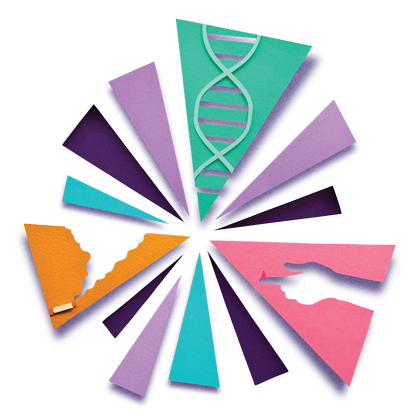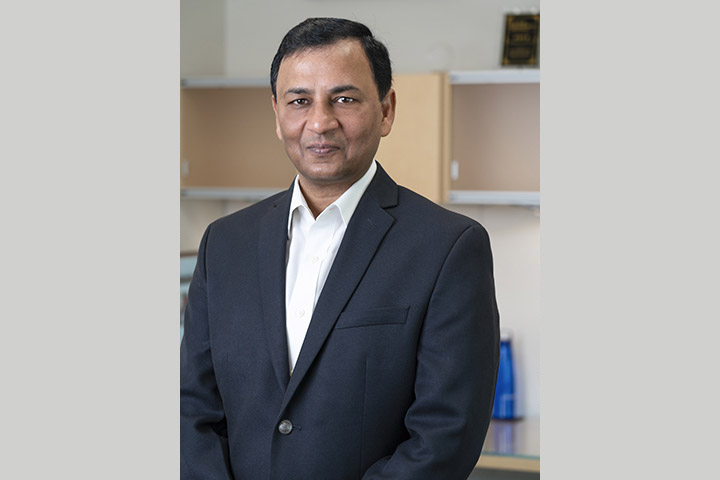Felix 2.0 Builds Upon Artificial Intelligence Earlier Detection Successes

One of the holy grails of pancreatic cancer research is finding ways to detect the disease before it begins its lethal spread.
As artificial intelligence (AI) enters the healthcare space, one area under serious exploration is its role in early detection of diseases such as pancreatic cancer. An ambitious Johns Hopkins study called the Felix Project (Felix) has been examining the role of AI in earlier detection, to help clinicians and researchers corral this disease.
Felix is a multiyear deep learning research study which began in 2016 and is inspired by the Harry Potter series and the whimsical, magical potion called Felix Felicis. Its goal: to determine whether deep learning algorithms can be developed to aid in the interpretation of pancreas scans. In other words, could AI detect cancerous lesions that a radiologist might otherwise miss? If so, that means more patients would have the opportunity to undergo surgery, currently the only potential cure for the disease.
Felix Gets an Upgrade
Felix is undergoing an upgrade with support from the Lustgarten Foundation, which funded the project back in its infancy; Johns Hopkins Medicine; and a new player, the Microsoft AI for Good Lab. It’s a dream come true for project leader Elliot K. Fishman, M.D. “It’s really an incredible collaboration,” says Fishman, Professor of Radiology and Radiological Science at Johns Hopkins Medicine (Baltimore, Maryland). “The amount of resources that we now have available to improve how we do things is unparalleled. It’s just such a win.”
With the incredible and rapid advancements made in AI and computing technology in general, Microsoft AI for Good Lab’s tech resources are vital to the project’s success. “It’s not like we have one Microsoft person to help us, rather we have an entire team of computer scientists who can help us solve a problem and recommend better ways to do something,” Fishman explains. “They aren’t in this to make money. Their focus is to help organizations solve global challenges and to work on tough scientific problems. It’s really amazing.”
The grim statistics associated with pancreatic cancer are something that struck Juan M. Lavista Ferres, Corporate Vice President and Chief Data Scientist of the AI for Good Lab at Microsoft. “I knew pancreatic cancer was a difficult cancer to treat but initially I didn’t know that at least one of the reasons was that it was so difficult to diagnose early,” he says. “That really struck me. And hopefully by combining the incredible expertise of these pancreatic cancer experts along with our expertise at Microsoft, we can change that.”
The team meets regularly, generally twice a month, to update the status of various projects and to bounce ideas off each other. “I’m not exaggerating when I say I enjoy these meetings,” says Andrew Rakeman, Ph.D., Lustgarten’s Vice President of Research. “The commitment and the excitement about the project are really palpable. All of these team members are vested in making this work for the greater good of patients, the majority of whom are diagnosed too late to have a surgery. So getting more people into surgery, giving them a chance at a longer life, even a cure, would be incredible.”
Promising Data
From its infancy to now, Felix has continually been buoyed by some remarkable data. For example, it’s estimated that tens of millions of abdominal images are performed with CT scans in the U.S. each year for various gastrointestinal complaints. But pancreatic cancers are sometimes not initially detected in these images. By “training” the computer to recognize even the most subtle changes within the pancreas, which can be undetectable to the human eye, “more early-stage pancreas cancers will be caught,” says Fishman. It’s estimated that about 40 percent of CT scans with a tumor small enough to be surgically removed, generally 2cm or less, are not detected when a patient’s scans are initially evaluated. “If we even got to 10 percent detection, we would be saving thousands of lives,” he adds.
With an array of Felix algorithms, Fishman and his team found that Felix can recognize pancreatic lesions from CT images without human input. “Our algorithms give us an accuracy rate of more than 90 percent in identifying pancreatic cancer lesions,” Fishman says. “Now, we’re expanding our data set and testing an additional 2,500 cases. These are the toughest, most difficult cases. And that’s 90 percent accuracy too. That means that if you take the average case, our numbers are potentially much higher.”
Refining and Expanding Felix 2.0
Felix 2.0 is an ambitious undertaking that addresses numerous other issues. For example, the team hopes to test the ability of AI to predict the etiology and aggressiveness of cystic pancreatic lesions, some of which can lead to the development of pancreatic cancer.
They also want to develop better radiomic techniques for earlier detection of pancreatic cancer. Radiomics is a method that extracts a large number of features from medical images using data-characterization algorithms.
The team also hopes to develop techniques to distinguish various lesion types and their risk of malignancy. That’s just to name a few of the project’s goals.
But one of the most important goals of the team is to make sure that clinicians everywhere can use the technologies that are developed. “It’s really important for us to ensure the software is simple to use, easy to understand, and of course, that it inspires confidence in users. That means it can’t have any bugs,” explains Fishman. The plan is for the software to run in the background, helping a radiologist in identifying something suspicious and them telling them where exactly to look.
“If it works the way we think it can, Felix can potentially change pancreatic cancer into a disease that is more treatable for so many patients,” Fishman says. “It could change the standard of care. It could save lives. To say that I’m excited about that prospect is an understatement.”





